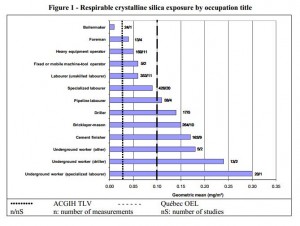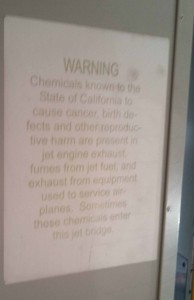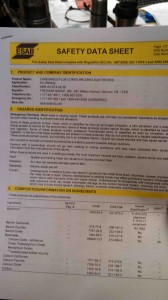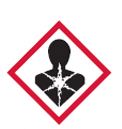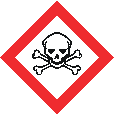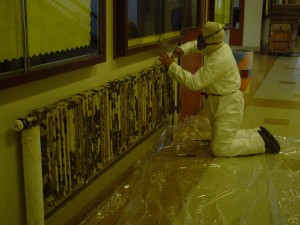Tue 5 Nov 2013
Hazard Communication with GHS – SDS/MSDS
Posted by admin under Federal OSHA, GHS, Hazard Communication, Management, MSDS, OSHA, Personal Protective Equip (PPE), Safety Programs, SDS, Training, Uncategorized
Comments Off on Hazard Communication with GHS – SDS/MSDS
If you live in the United States, you have less than one month to train your employees on the new Hazard Communication standard (1910.1200(h) & 1926.59), which should include information about the new types of Safety Data Sheets (formerly known as MSDS) and the adaptation with the Global Harmonization System (GHS). December 1, 2013 is the enforcement start date for OSHA. Don’t make this complicated, it is straightforward. Here’s what you should do:
- Train employees in hazard communication (simply: so they know the hazards they are working with)
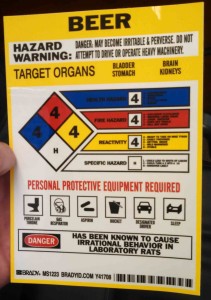
- Document your training (in case of an OSHA inspection)
- Show them a sample Safety Data Sheet (SDS), compared with the old MSDS
- Explain the new standard hazard phrasing & pictograms
- Explain how to review a SDS
- Remind them about container labeling
- Explain that the new SDS will not be available immediately, but will roll-out over a few years (or more)
*Please note the “Beer” hazard warning on the right is not GHS compliant.Â
For Help:
- Oregon OSHA (OR-OSHA has a new fact sheet on what you need to do for compliance.
- Here’s a link to a sample hazard communication plan (in Word!). More help here.
- AND, a free training guide for employers, another here. Shout-out to Siobhan & Dan at SAIF for this.
- Also, some Susan Harwood free training materials here (spanish too!).
